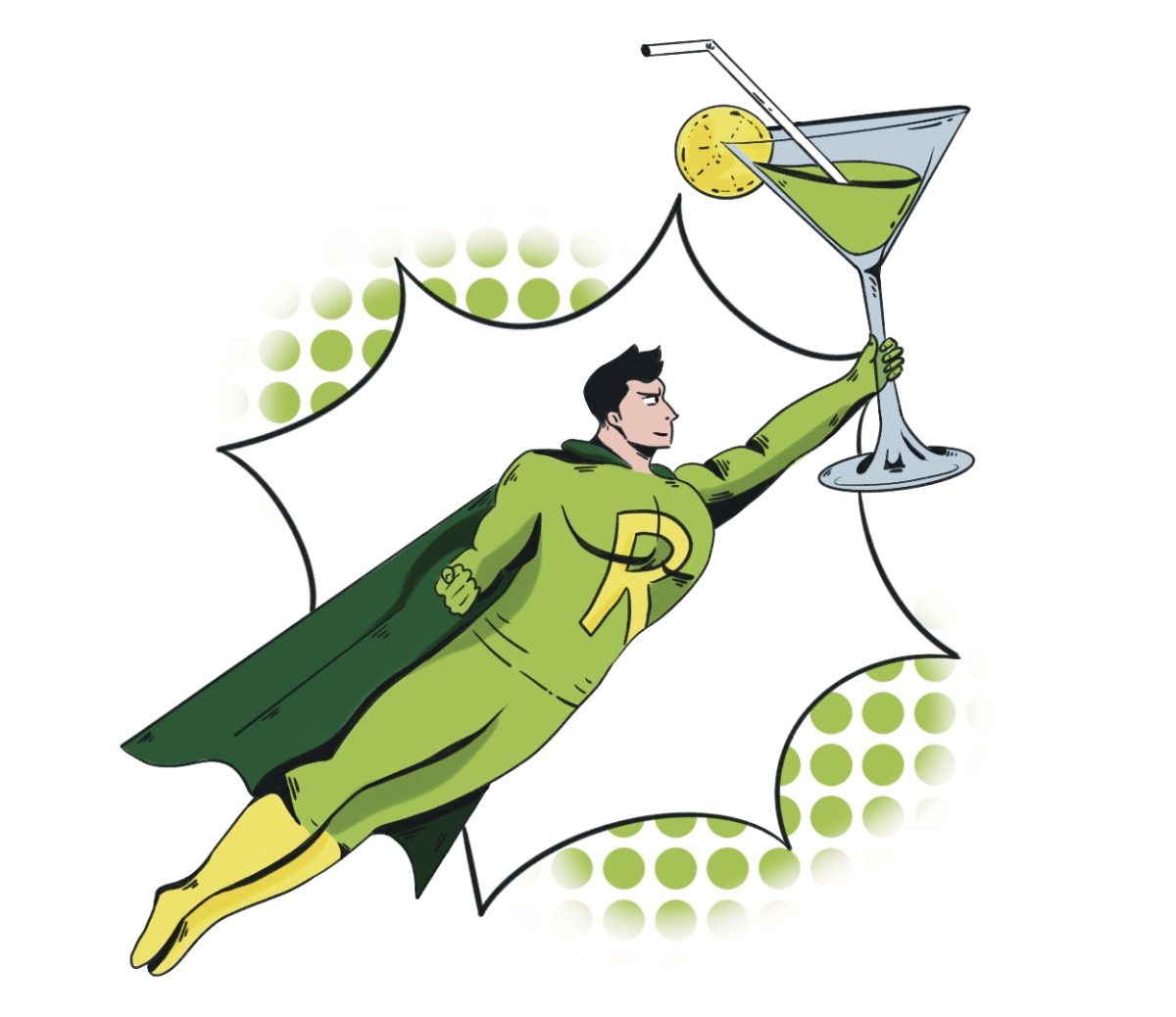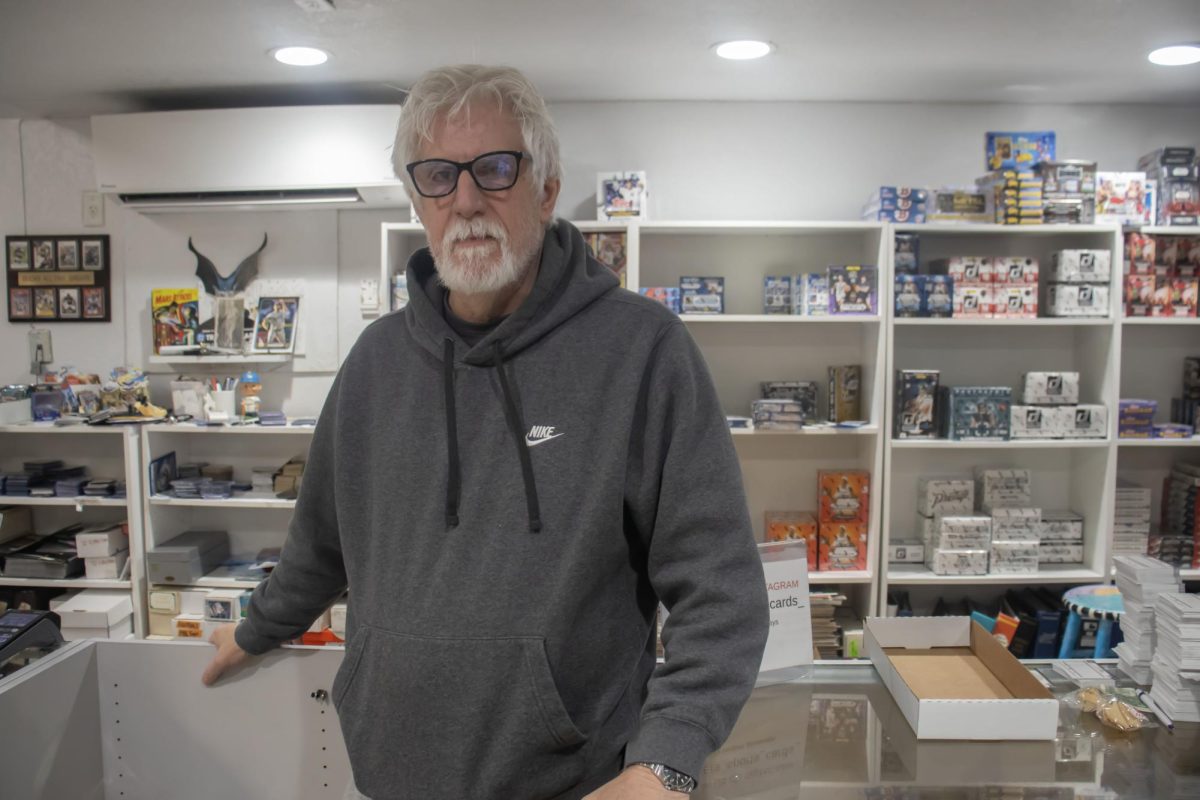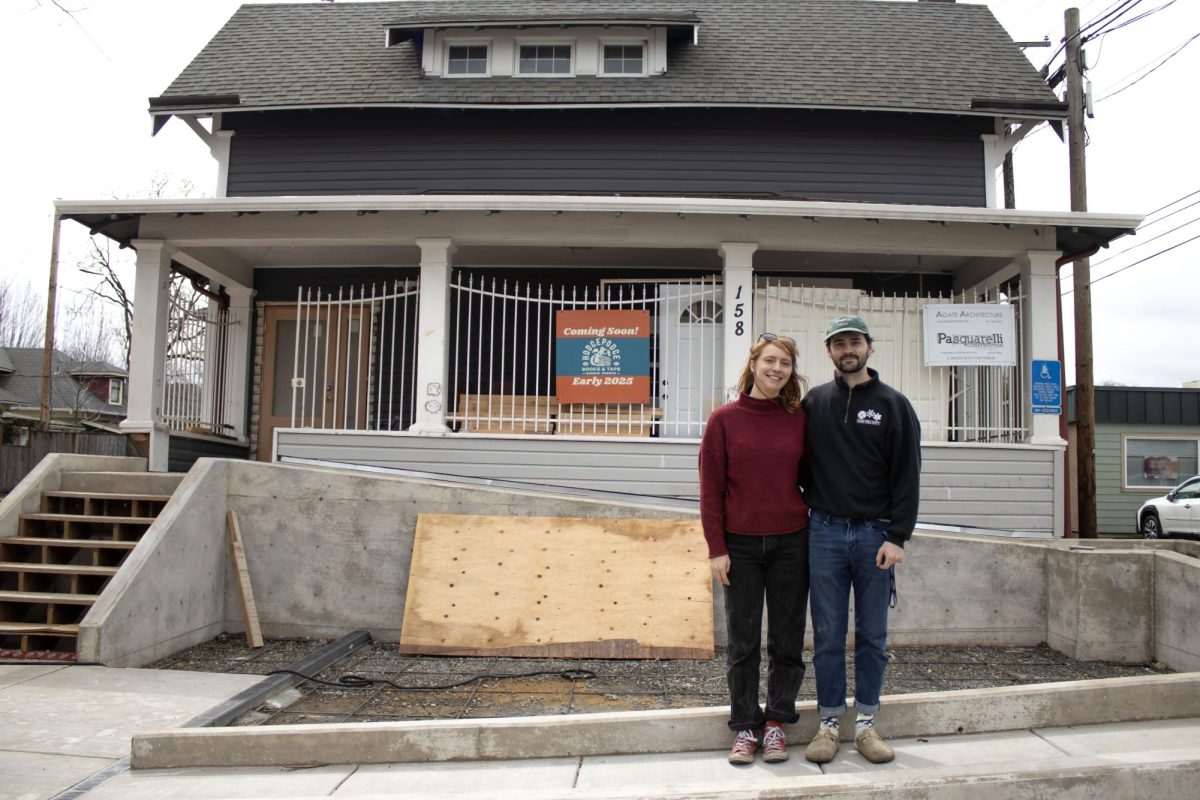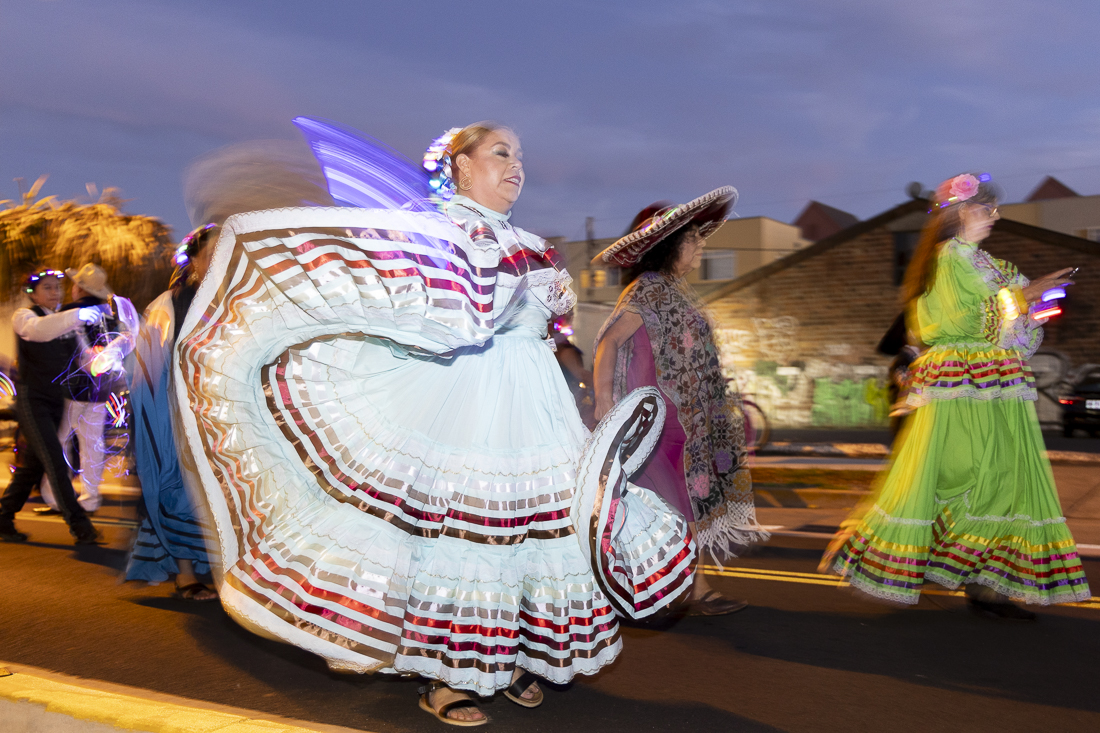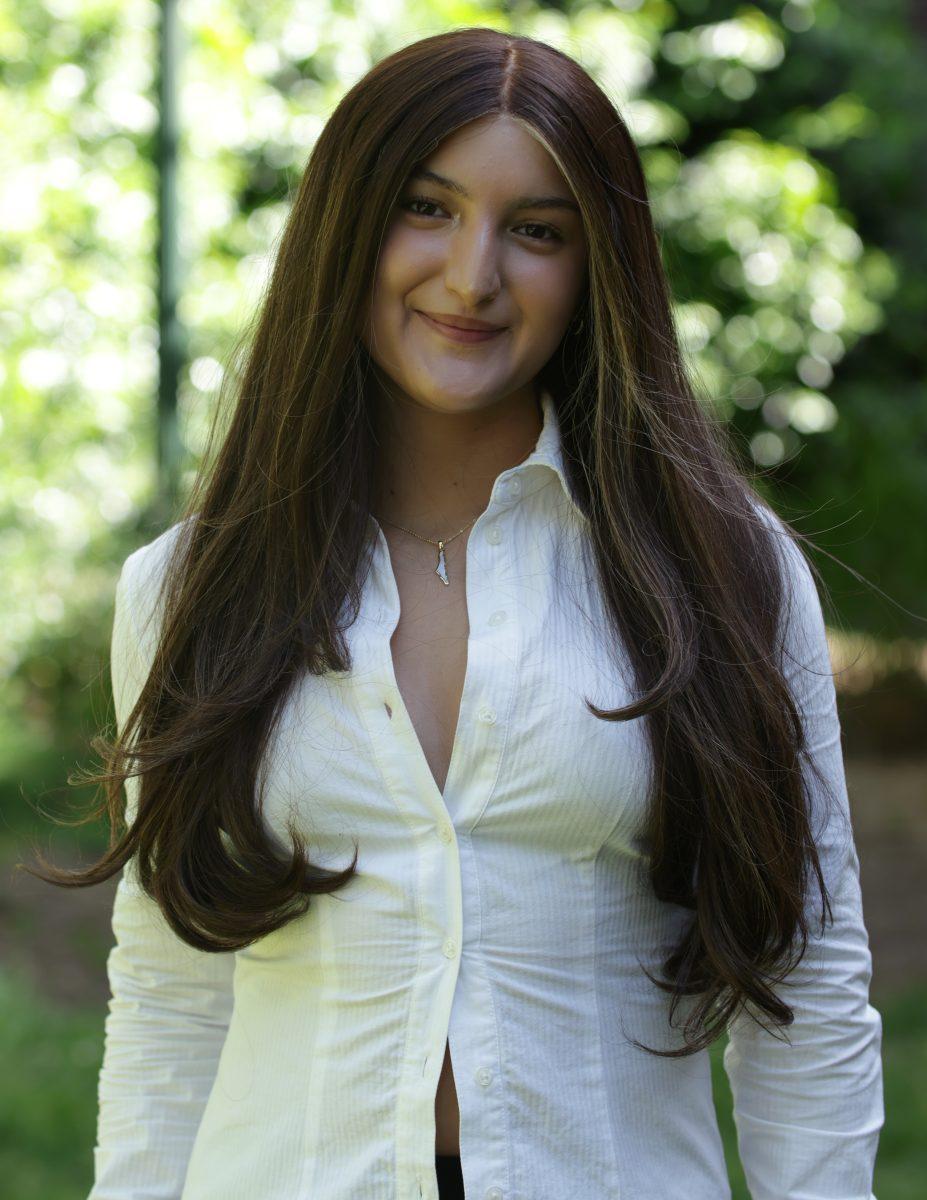Language is more than grammar. Language is people — it is culture. It is the distinctly human ability to build community and diversify the way we speak and understand the world around us. Yet in traditional second language instruction, grammar is the sole focus. Rote memorization of vocabulary is valued over discourse and cultural understanding.
The American English Institute at the University of Oregon recognizes that second language acquisition transcends grammatical competence and offers innovative ways of teaching English to international students who are both unfamiliar with English and American culture. Language is not taught solely for the purpose of passing a class, but as a way of making friends, building confidence and creating a safe space.
Problems with second language instruction
Second language acquisition is the study of how people learn a language, or languages, other than their mother tongue. Traditional second language instruction overfocuses on punctuation and grammatical structures that, although important, will not necessarily lead to real-world communication in the early stages of second language acquisition.
UO linguistics Professor Julie Sykes has observed this overfocus to be a barrier to second language communication outside the classroom. Sykes has personal experience with this phenomenon, not only as a language instructor, but as a second language learner of Spanish.
“I’ve been an A+ language student all the way through my undergraduate [years] and I thought I spoke Spanish really well,” Sykes said. “I got to graduate school and my first interview they’re like ‘You don’t really speak Spanish well enough to teach Spanish — we might not be able to keep your assistantship.’”
Although Sykes was able to teach Spanish the following fall at Arizona State University after practicing out in the real world during the summer, the experience was so impactful that it drives her work to this day.
“It really was this ‘Aha!’ moment for me because I did really well in all of my classes, I was a successful language learner by all definitions, so why couldn’t I do this work once I was called onto it?” she said.
According to UO linguistics faculty member and distinguished teaching Professor Keli Yerian, in order to feel comfortable speaking a language, students must have many opportunities to use it without fear of making mistakes –– a chance most students don’t get from classes alone. Consequently, assessments are more a reflection on grammatical progress than speaking ability because they are easier to measure.
“If we could realign more of our assessments, we would be able to spend more of that time on those speaking abilities,” Yerian said. “People could come out of the classroom saying ‘Yeah I’ve done this a lot, I’ve figured out how to get my meaning across in this new language enough times that I feel ready to do it and not be embarrassed outside the classroom.’”
In order to gain this confidence, second language speaking must occur outside the classroom as well. It could be at a language circle at Mills International Center, chatting with a native speaker or talking with friends, as was the case for Yerian.
“That’s what I did a lot with my best friend,” she said. “We used to just speak at our novice-level French together and just had a lot of fun with that and that motivated us and kept us going.”
Building confidence
The American English Institute offers two main programs: the Intensive English Program for international learners who need to improve their English in order to get into a U.S. university, and the Academic English for International Students program for UO students who did not score high enough on the TOEFL (test of English as a foreign language).
In both programs, building confidence is one of the first and most important skills that students are taught. Second language instructors are mindful of the cultural differences both in and out of the classroom that influence confidence.
As described by senior instructor I andII for the AEIS program Janine Sepulveda, one of the biggest cultural shocks for students is the idea of active learning — a communicative approach that requires student participation in the class by asking questions and participating in discussions.
“A lot of students come from higher education cultures where it’s 100% lecture and there is no conversation in the class. There’s no discussions and students don’t ask questions,” Sepulveda said. “If you’re used to a lecture-only model, it’s a big transition to make for students.”
Jennifer Rice, senior instructor II for the AEIS program, concurred with this statement, detailing the ways in which she creates a safe space in her classroom in order to build confidence.
“I take time in the beginning of the term to just let students get to know each other,” Rice said. “They actually have to make up their own statements about their own lives and their groups have to figure out if those statements are true or not true, and I feel like that’s a lighthearted way to start the term.”
Although icebreakers are fairly typical in the American school system, these activities have an extraordinary impact on student confidence and community building. As Yerian said, learning a second language is difficult, so it is imperative that students feel comfortable making mistakes without feeling discouraged and withdrawing from their peers.
“Building a community where they feel safe to just give it a try is really big,” Rice said. “I really work hard to make students feel comfortable in the class. In that respect I feel like yes, they all come from different cultures and they might be hesitant to speak but they really do gain confidence in it by the end.”
Learning American culture
Another culture shock stems from the complexity of authentic English conversations. According to Ted Adamson, an instructor in the IEP program, the main difficulty students report is listening comprehension. Typical conversations are full of slang, connotative language and cultural references that make understanding difficult for students due to their unfamiliarity with the culture.
“In the old days, listening and speaking classes would have tutors … and these tutors would come to join a class once a week,” Adamson said. “In those cases, our international students could interact directly and extensively with native speakers, so that gave students a chance to really practice authentic language. There is no substitute for really having complicated conversations.”
This was during the peak of the IEP program, but during COVID-19, tutors were scarcely available. The AEI was able to regain tutors and the program is now alive and well, but instructors are still working diligently to expose their students to authentic language — starting with movies. Robin Rogers, a senior instructor in the IEP program, teaches elective classes that focus on the influence of American culture on everyday speech.
“I’ve taught an ‘English through movies’ class that students really like,” Rogers said. “We use a lot of idioms and references to movies in our language, so that really helps them to work on quotes from movies that people use a lot in our speech.”
These classes are incredible at creating confidence, skills and a safe space for students to learn without inhibitions, but as Adamson iterated, there is no substitute to having authentic conversations. Rice explained how instructors encourage international students to practice English outside the classroom.
“Just being here, a lot of our students tend to gravitate toward people of their own culture and we in AEI try to push our students out into other groups and get involved on campus,” Rice said.
While the AEI is doing a lot of pushing, UO students can pull back. Rice said that within the last five years, funding for many international student programs have been cut. She is spearheading the movement to recover the funding, but until then, UO English speakers can make a difference by heading over to the AEI located in Agate Hall.
“We welcome the university to come and see what our classes are like and come into our building and talk to our students,” Rogers said. “We have such nice students so it’s a great place to be.”
[Editor’s Note: This story was updated to correct that the tutoring program is back in full operation after the COVID-19 pandemic.]
Students take a break between classes in one of the study spaces in Agate Hall. The American English Institute has been a leader in English language teaching, research, and service on the University of Oregon campus, located in Agate Hall on Agate St., in Eugene, Ore. (Sebastian Flores/Emerald)







